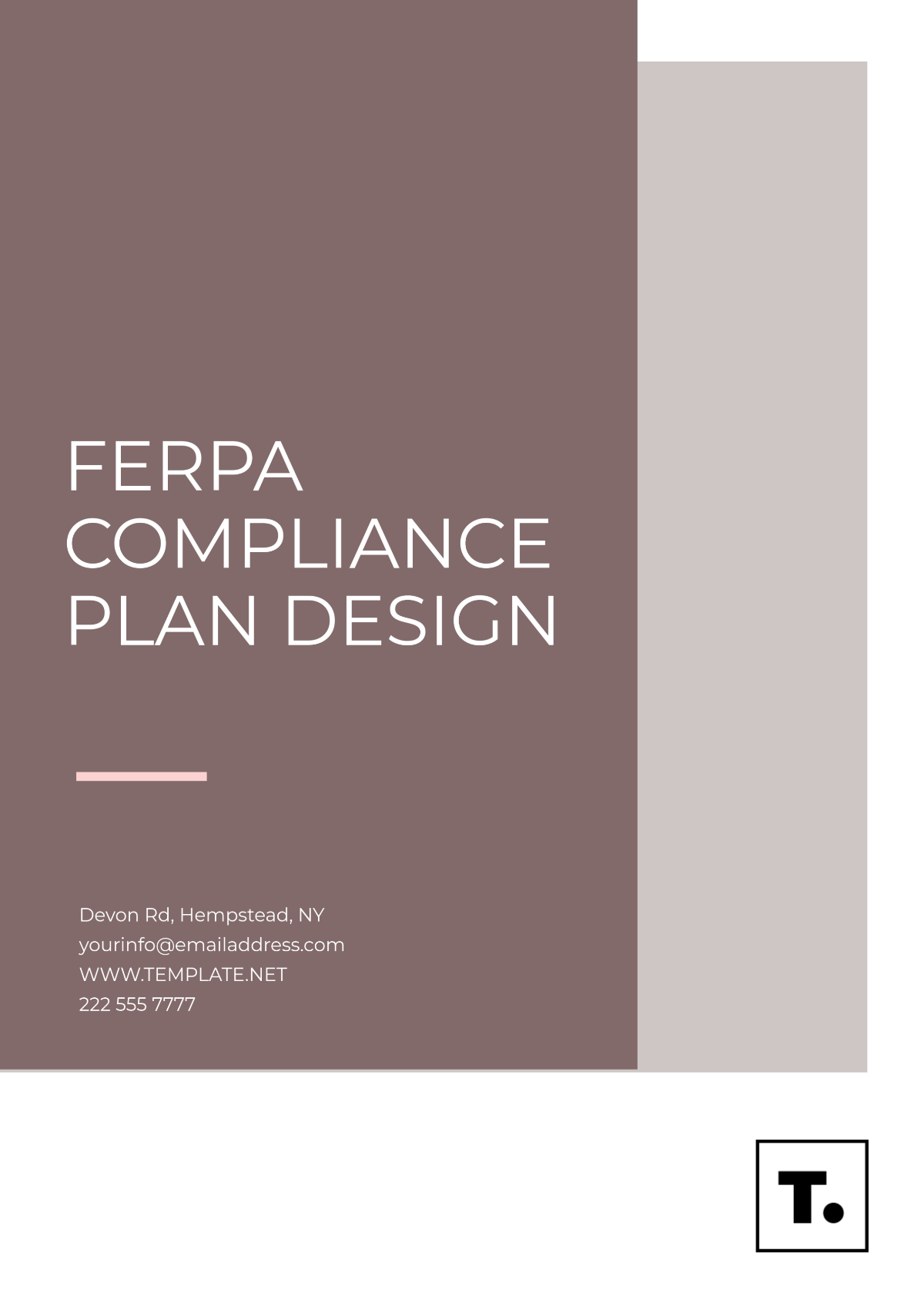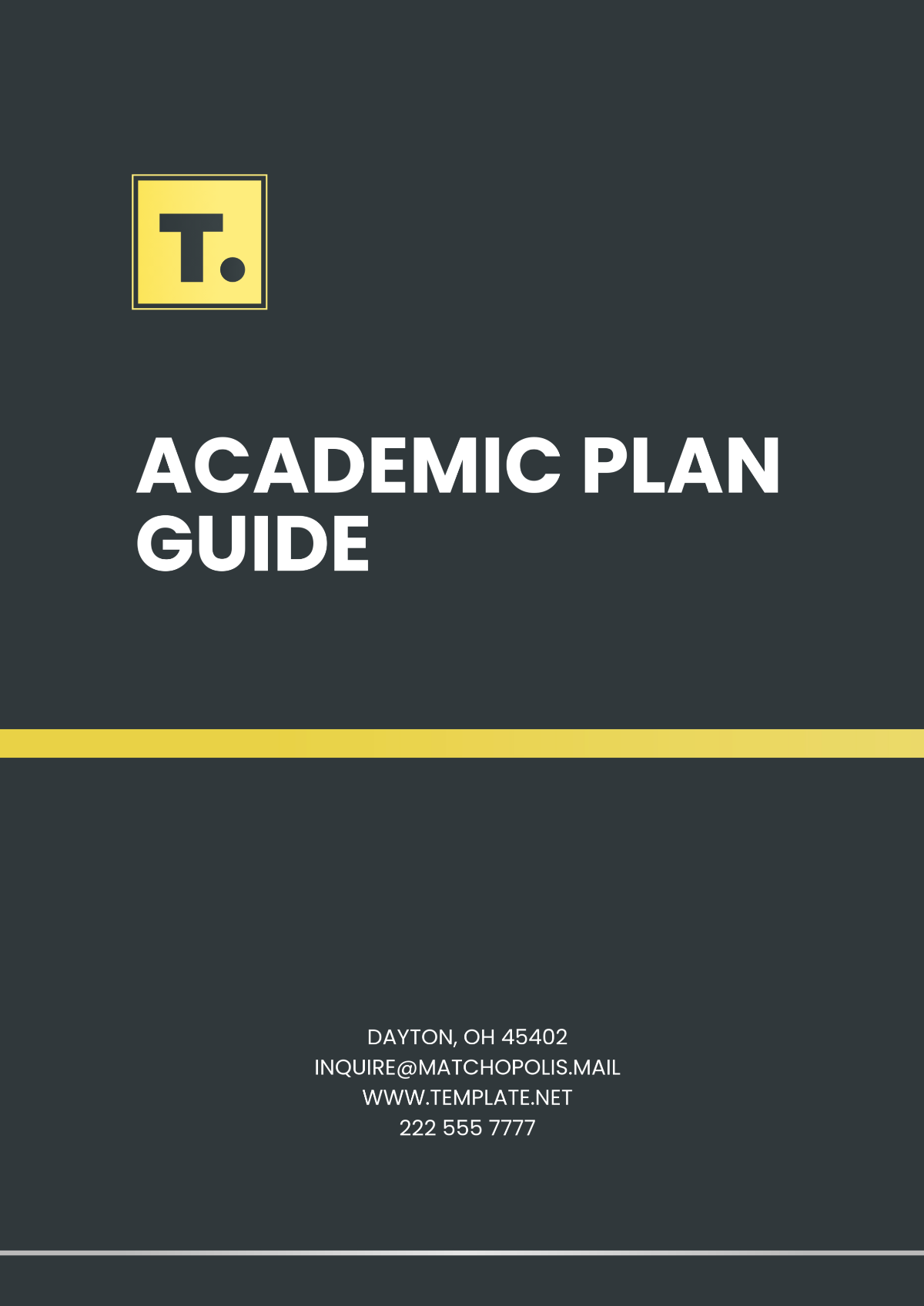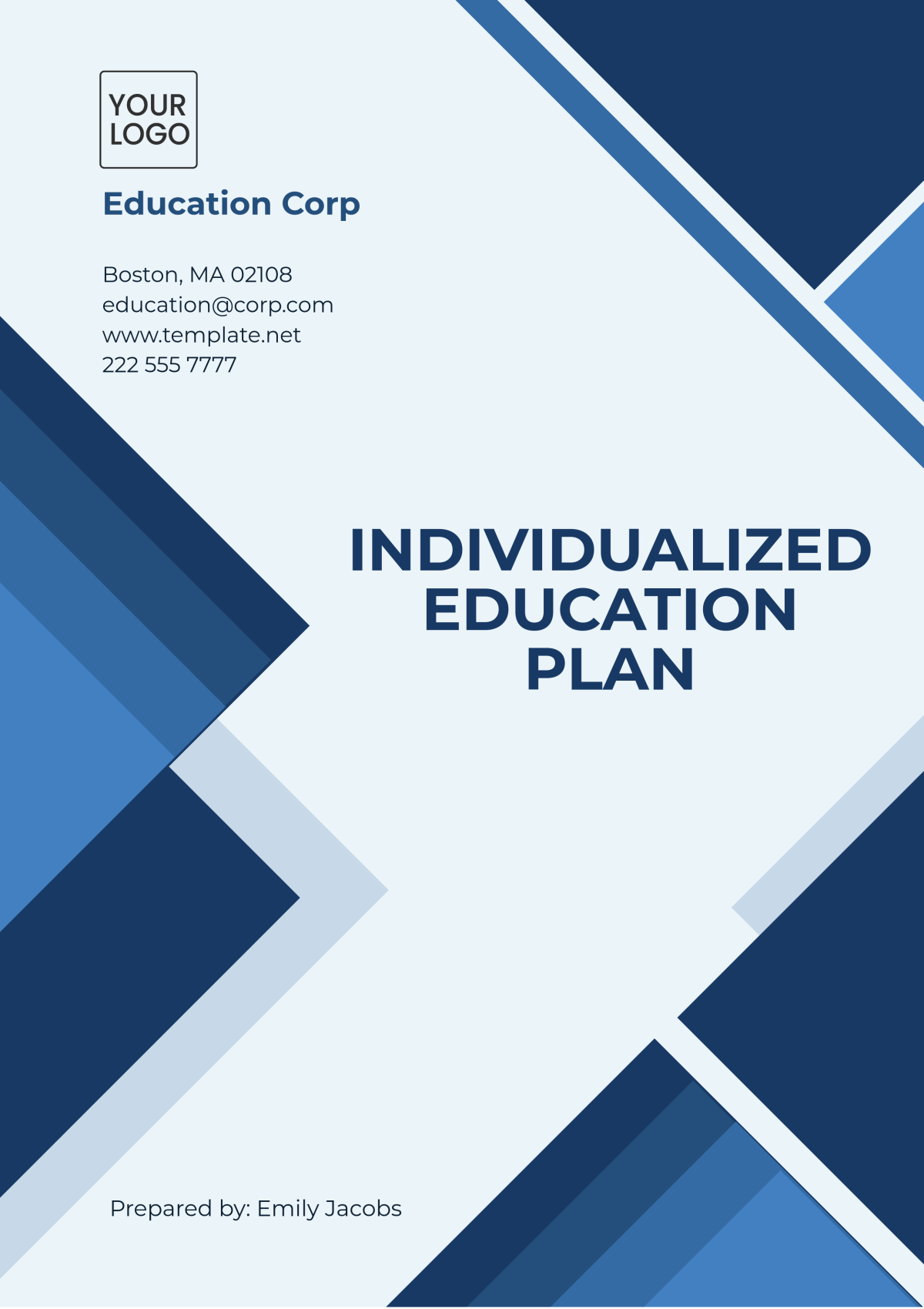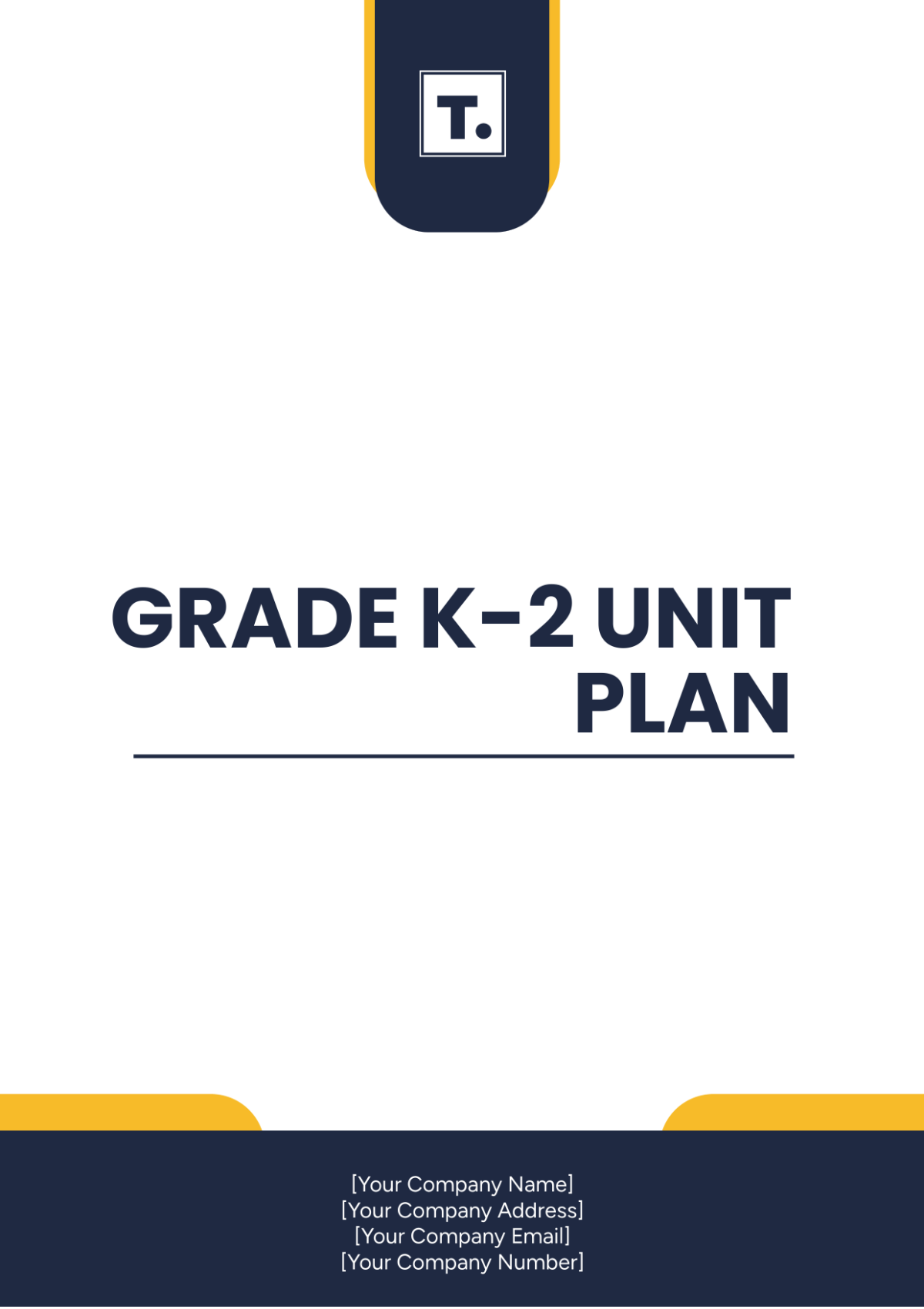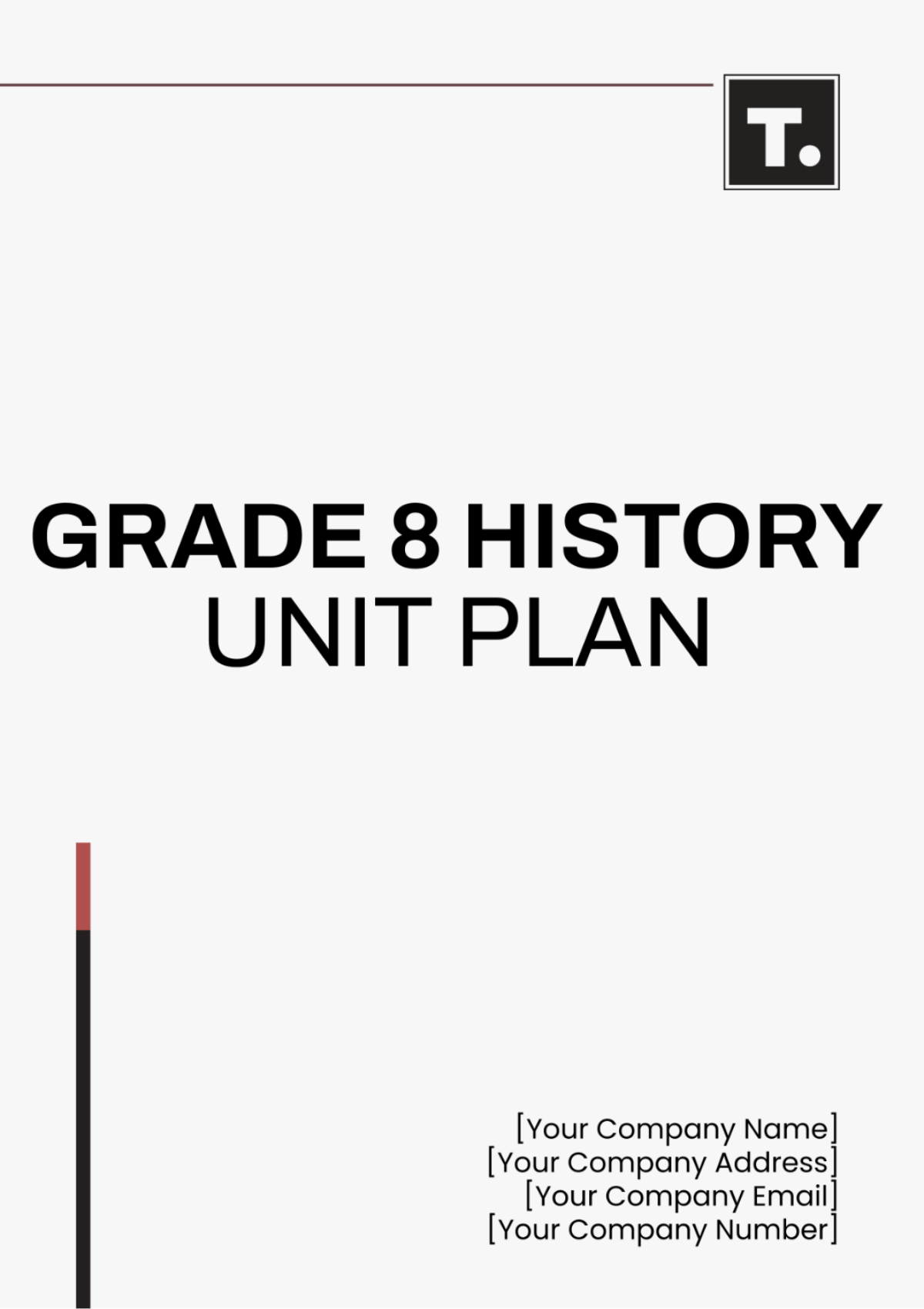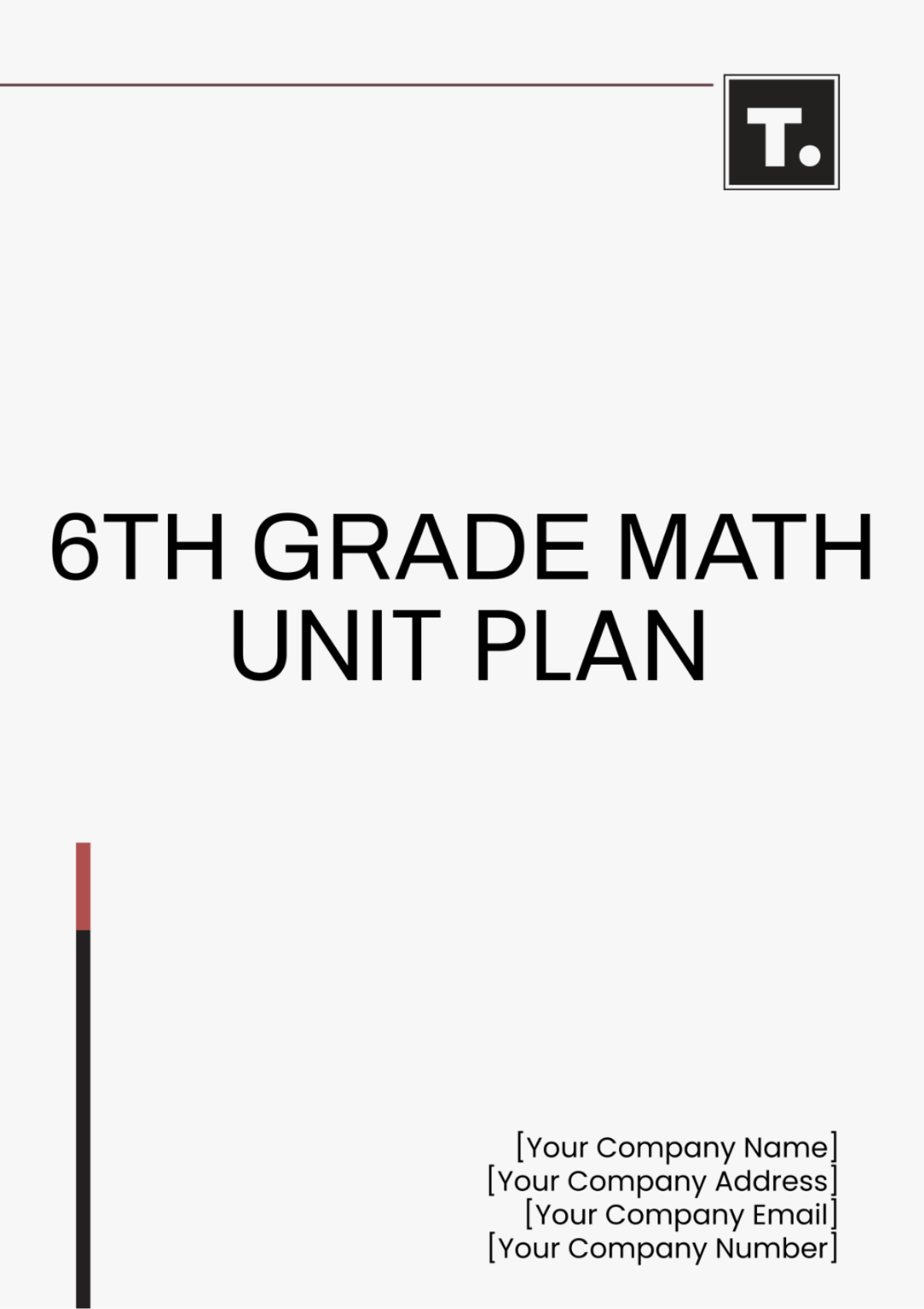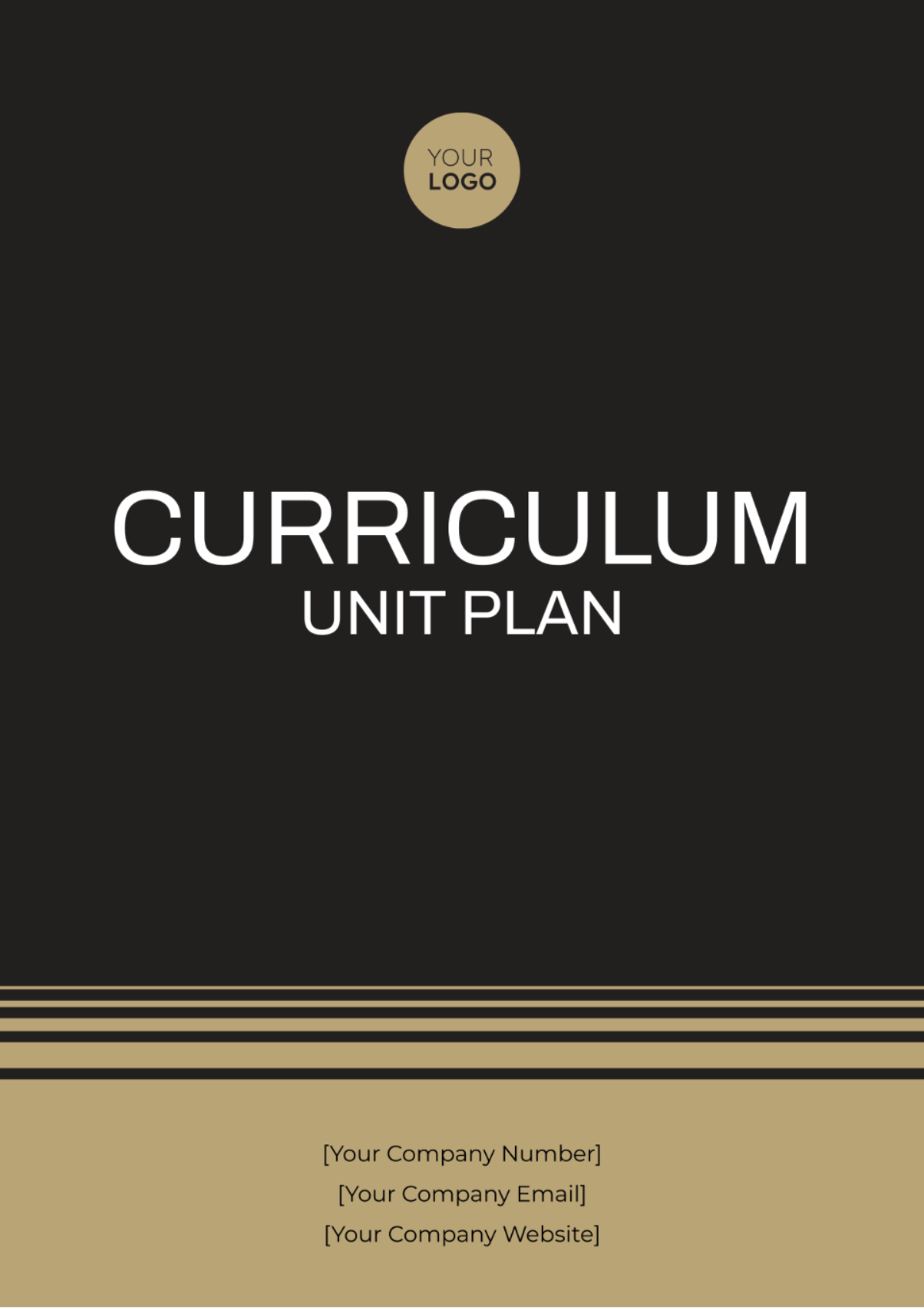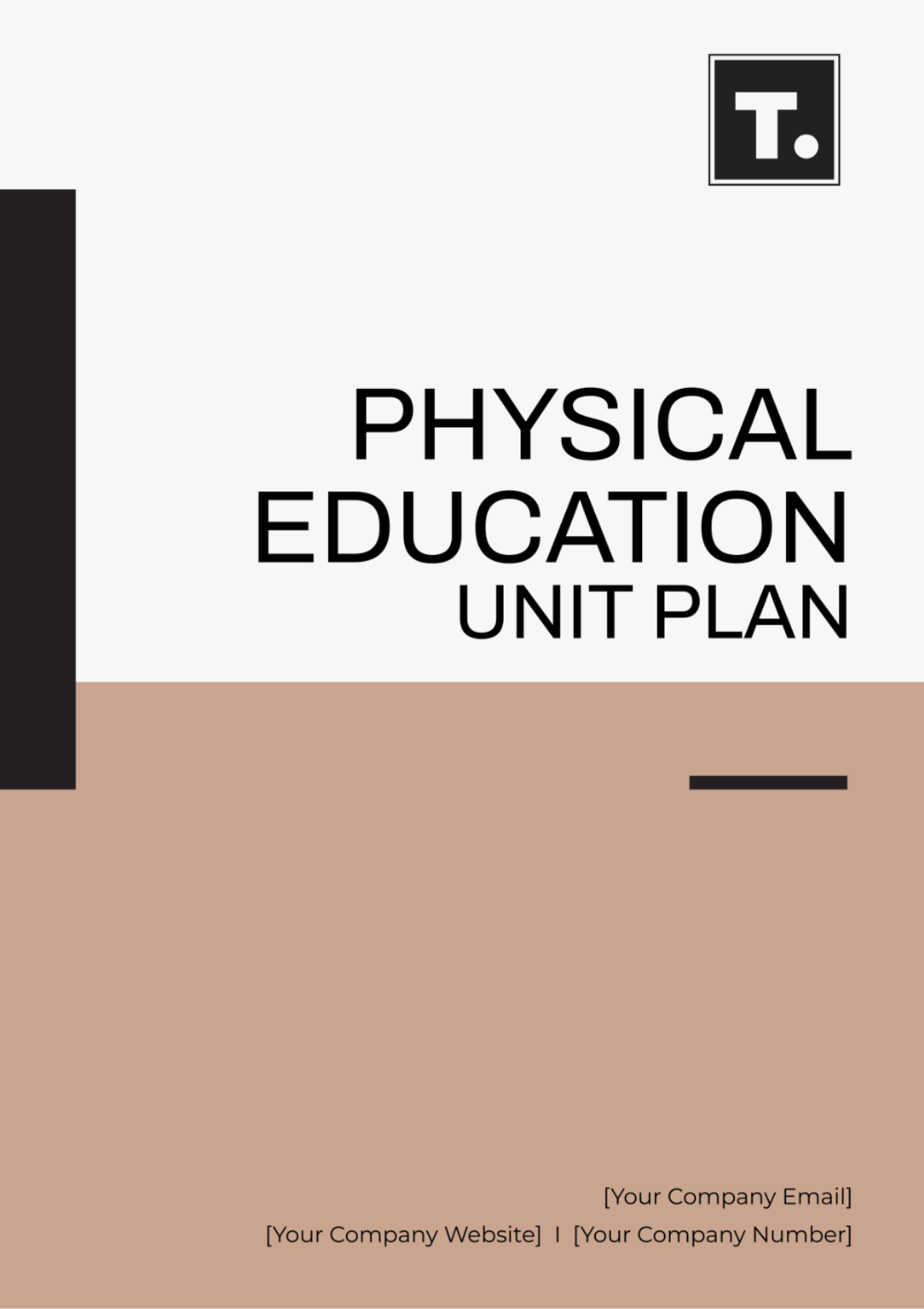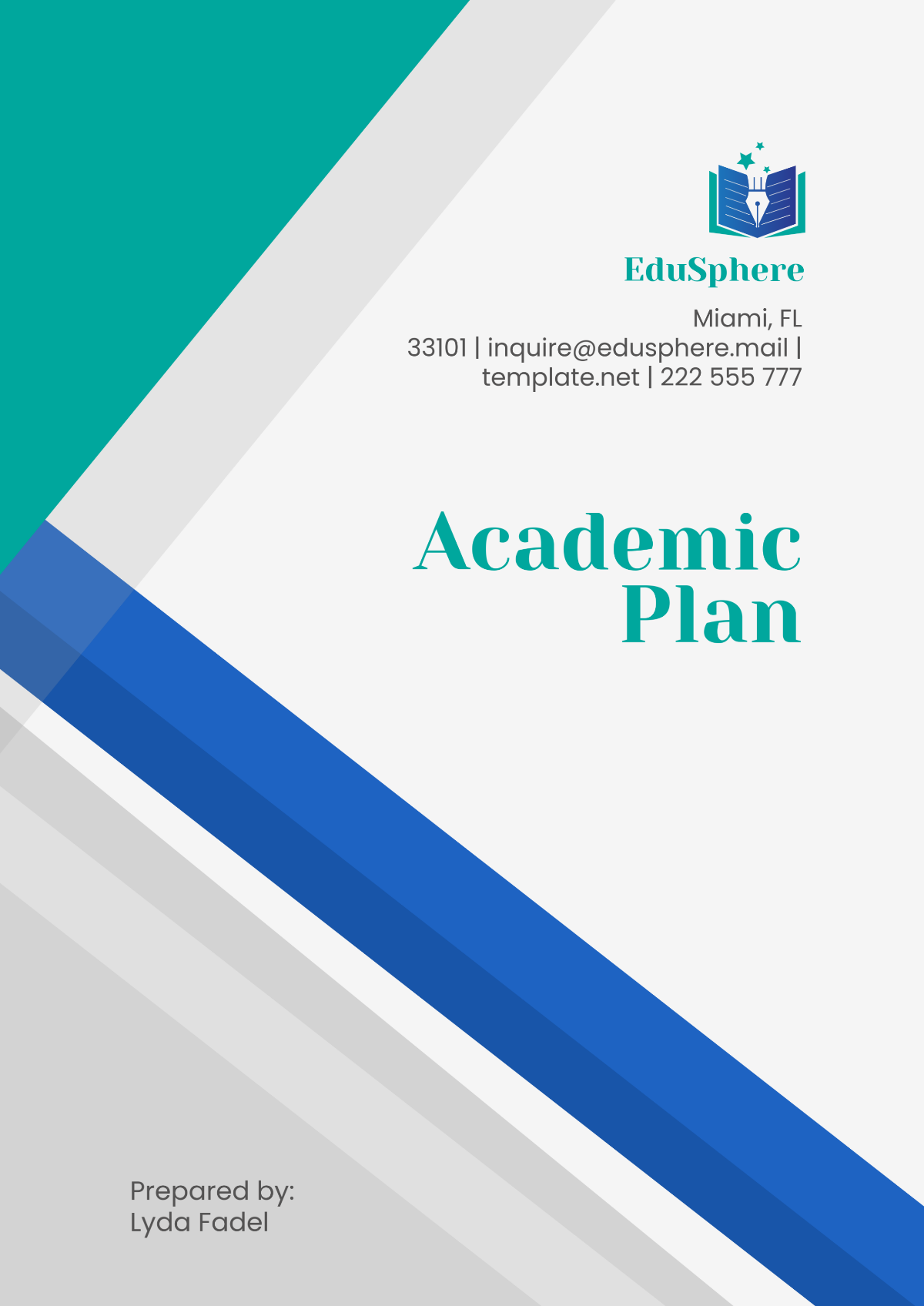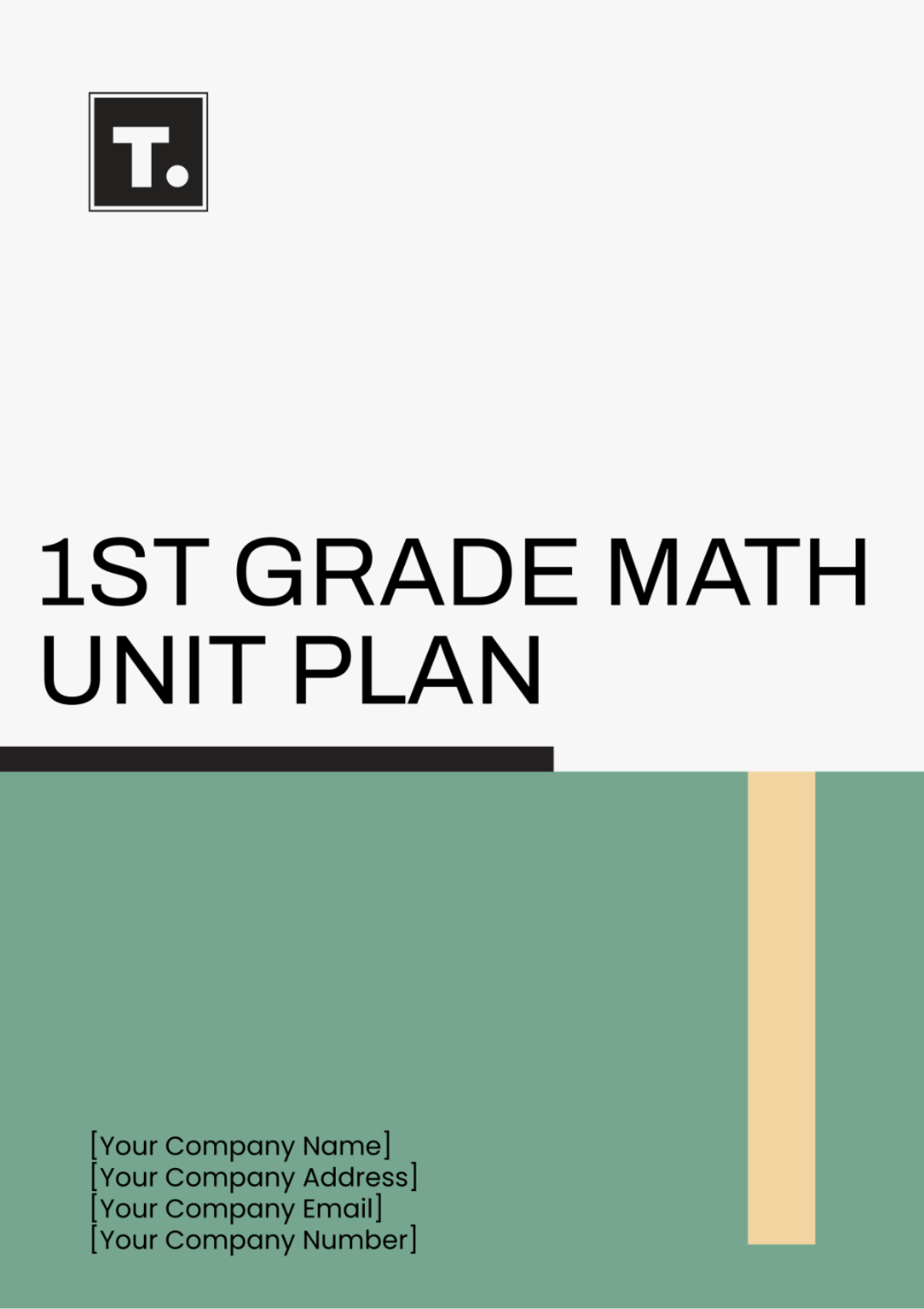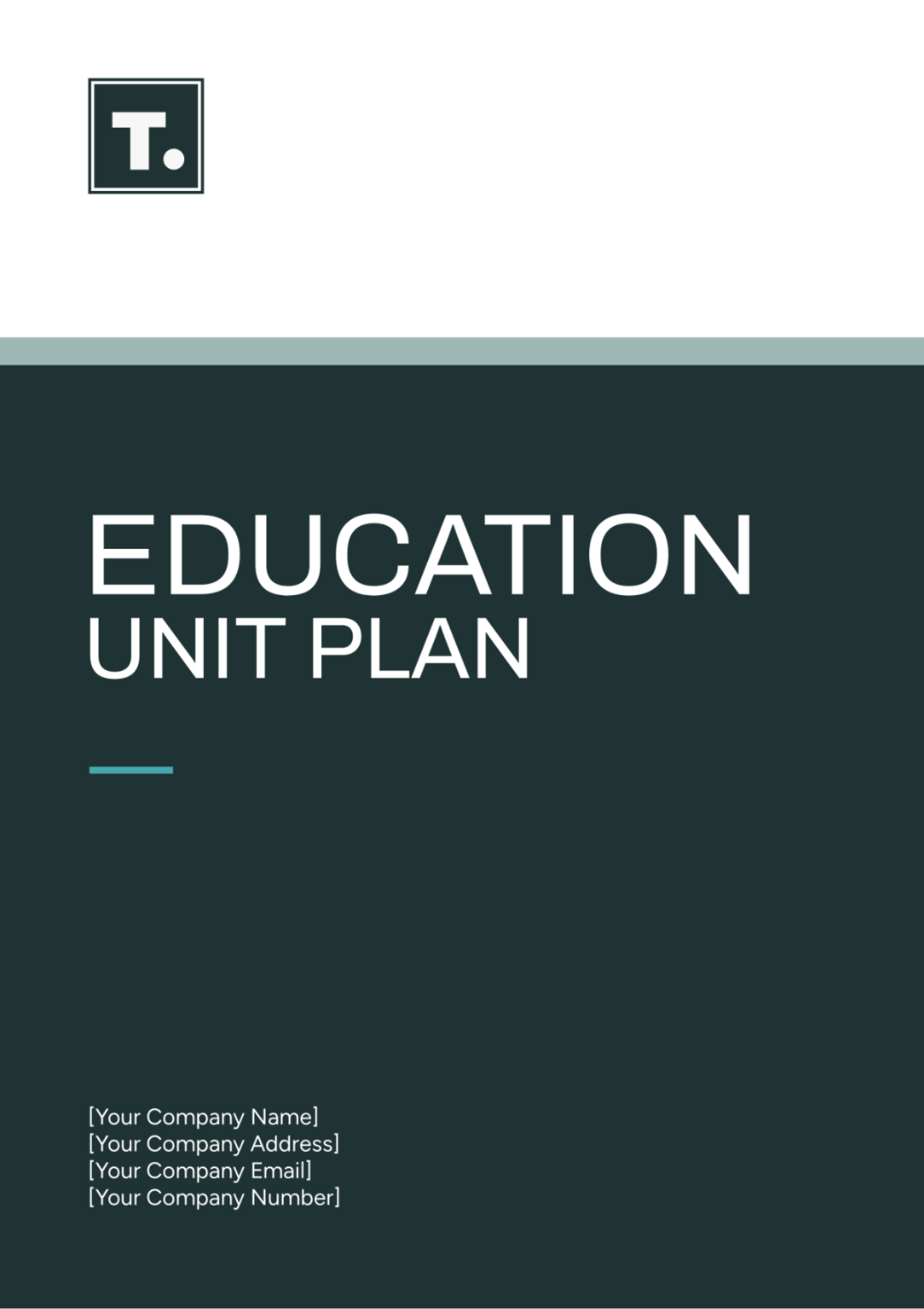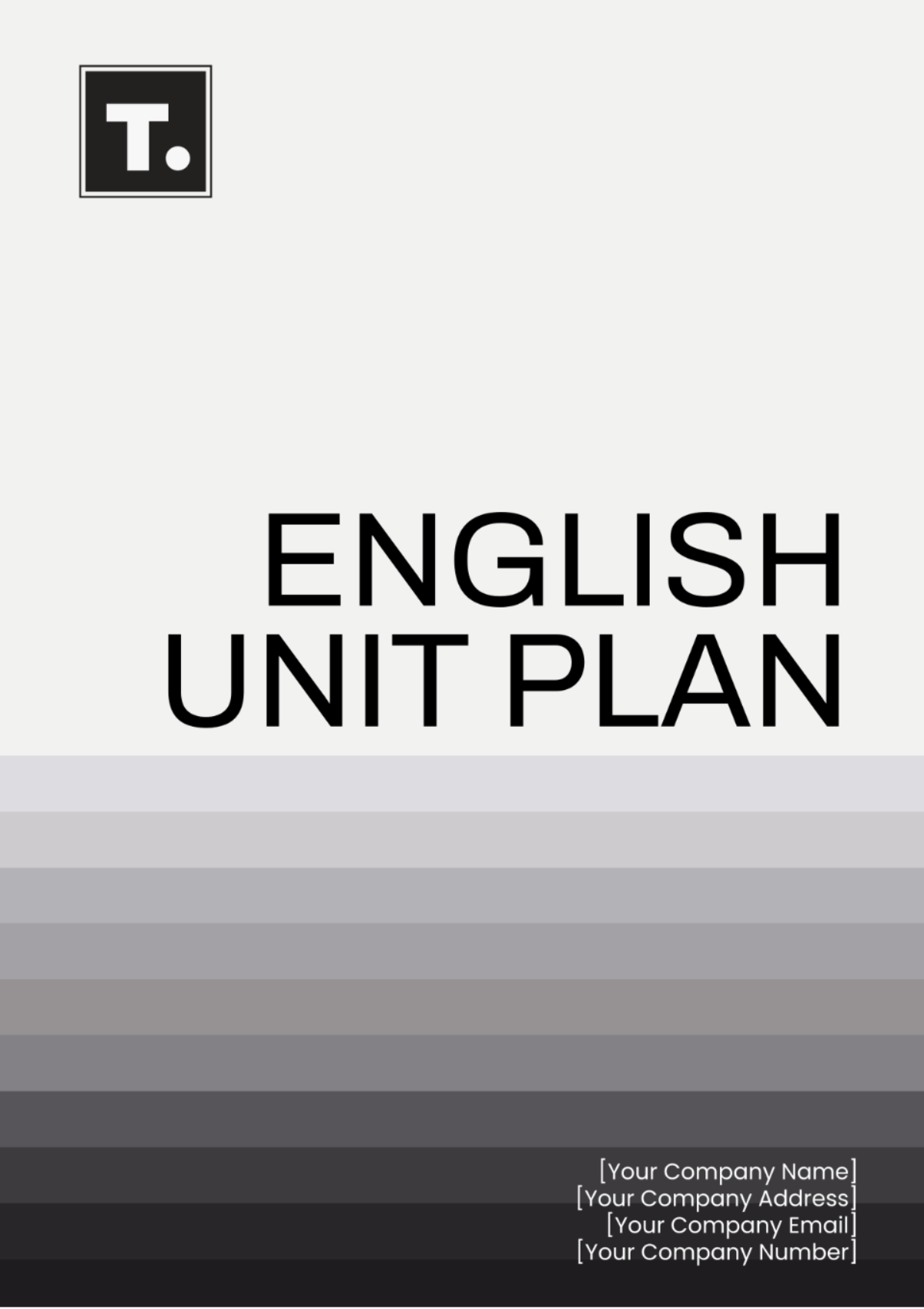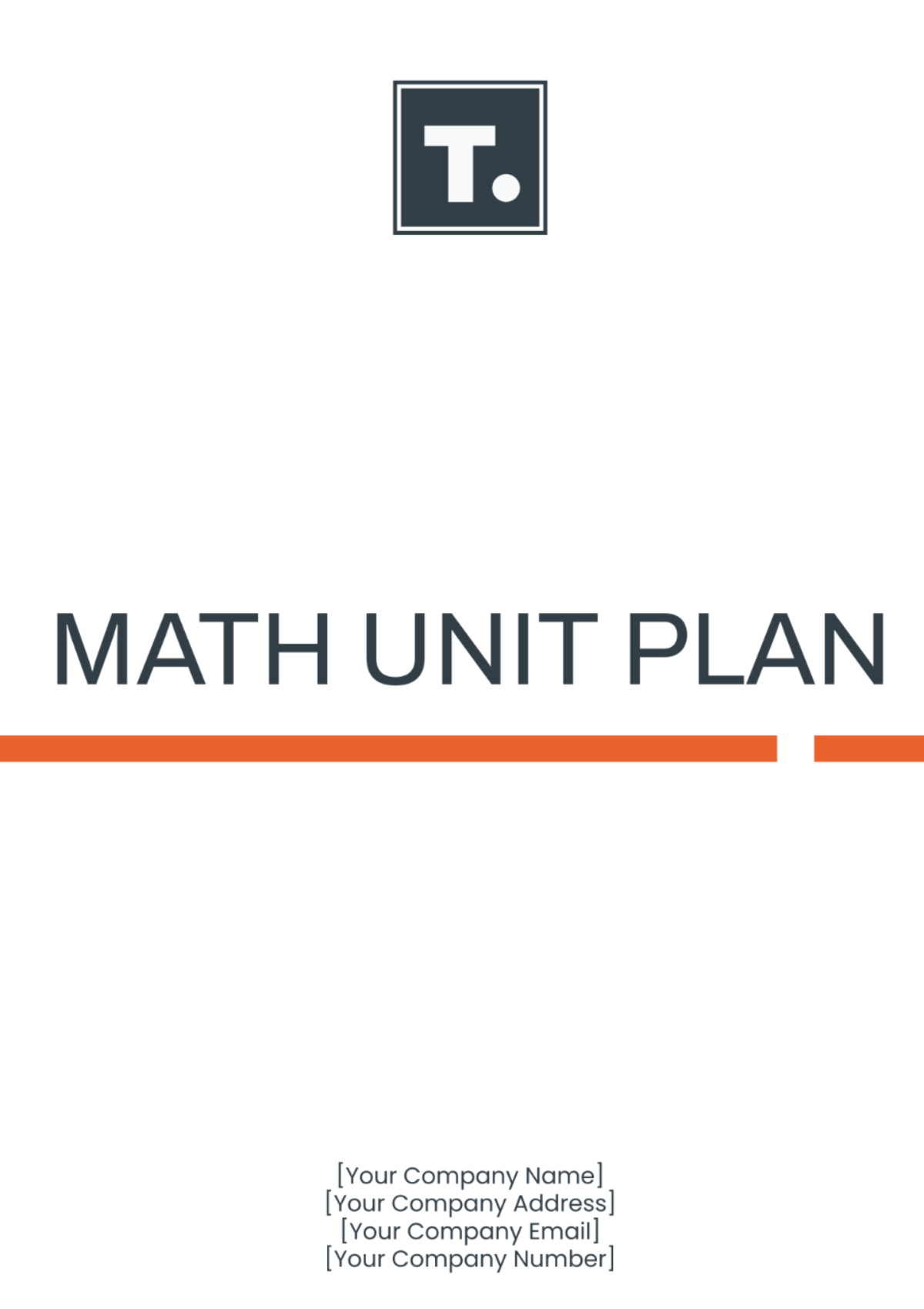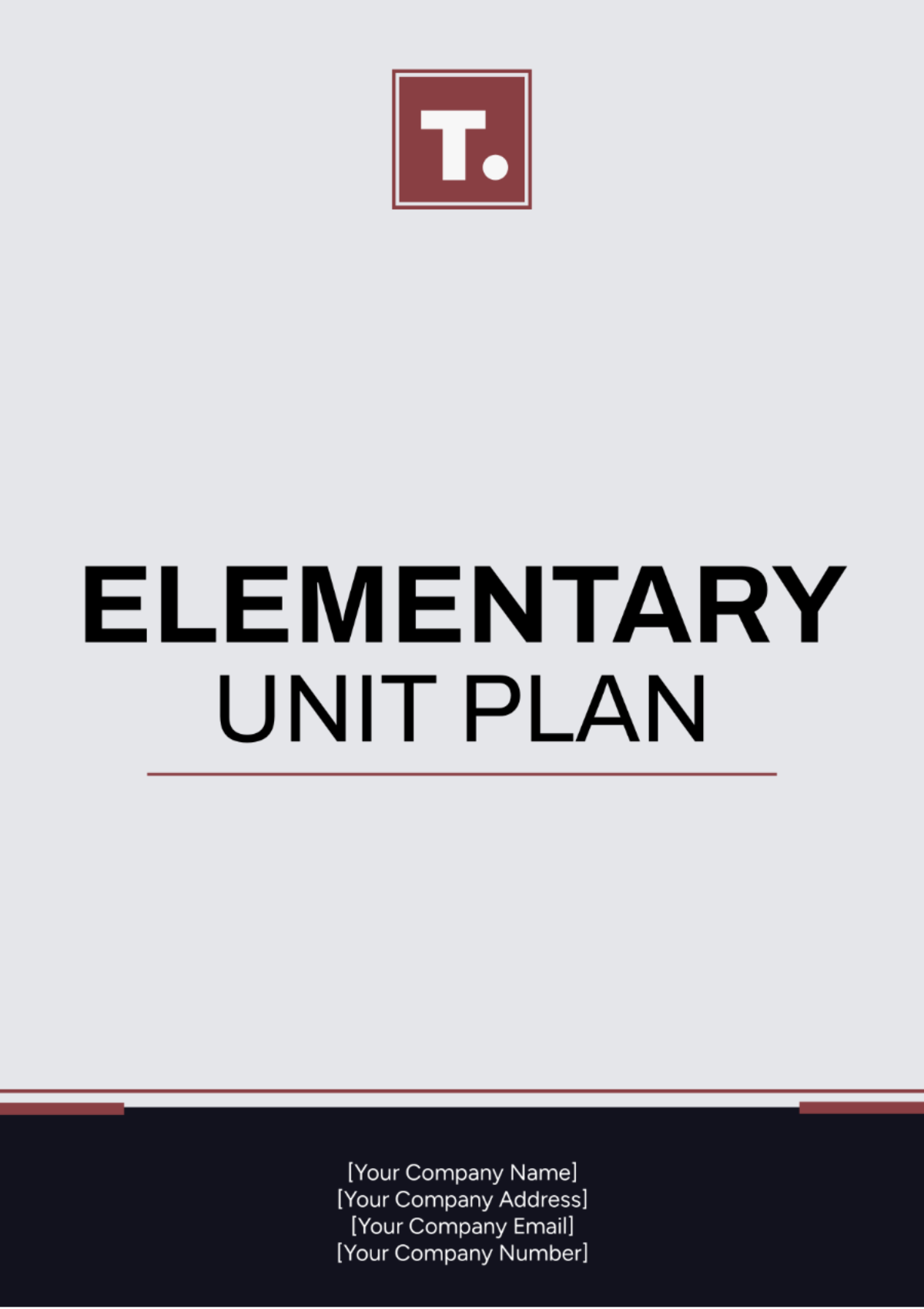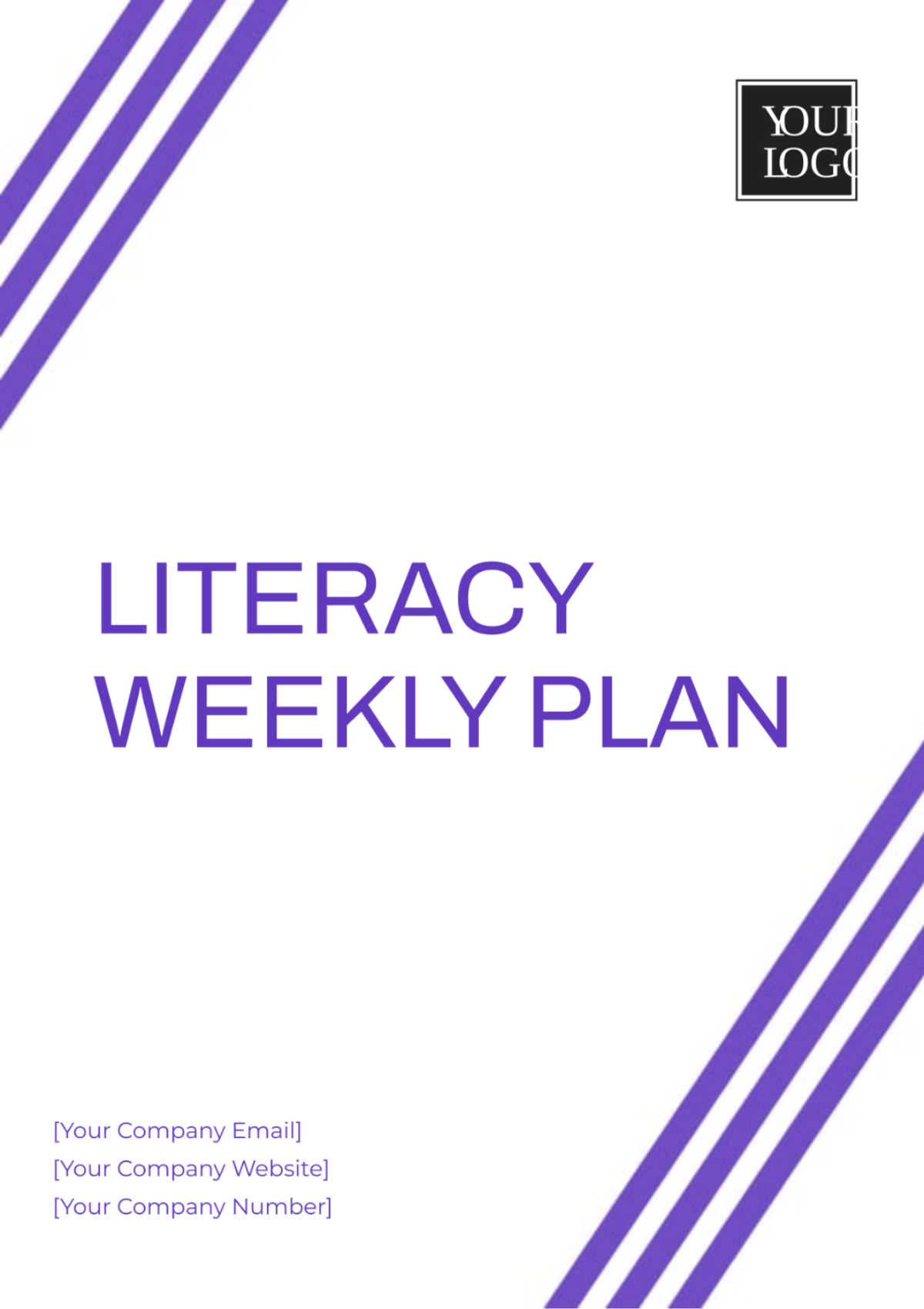2nd Grade Unit Plan
Prepared by: [Your Name]
Subject: Language Arts
Topic: Unveiling the Art of Storytelling
Date: [Date]
I. Overview
This comprehensive unit aims to cultivate the narrative prowess of second-grade students by immersing them in the captivating world of storytelling. Through a meticulously crafted series of lessons and activities, students will embark on a journey to unravel the intricacies of narratives, ultimately honing their ability to construct compelling stories.
II. Unit Objectives
Story Elements Mastery: Students will delve into the fundamental components of a story, including setting, characters, plot, conflict, and resolution, gaining a profound understanding of their interplay.
Narrative Creation: Armed with newfound knowledge, students will wield their creativity to craft original short stories, infusing them with vibrant narrative elements.
Refinement Skills: Through rigorous editing and revising exercises, students will refine their narratives, transforming them into polished literary works.
Diverse Storytelling Techniques: Students will explore an array of storytelling techniques, broadening their literary horizons and fostering an appreciation for the art of storytelling.
III. Standards Alignment
This unit meticulously aligns with the following standards:
CCSS.ELA-LITERACY.W.2.3: Students will be adept at crafting narratives that intricately recount events, employing descriptive details, temporal words, and a sense of closure.
CCSS.ELA-LITERACY.SL.2.4: Students will master the art of storytelling, seamlessly weaving together facts and descriptive details in coherent and audible sentences.
IV. Materials and Resources
Literary Gems: A curated selection of storybooks and picture books, ranging from timeless classics to contemporary favorites.
Interactive Tools: Dynamic whiteboard presentations and vibrant markers to facilitate engaging discussions.
Writing Arsenal: Ample writing supplies including pristine paper, sharpened pencils, and trusty erasers to fuel the creative process.
Organizational Aids: Thoughtfully designed graphic organizers to scaffold students' narrative construction journey.
Evaluation Instruments: Comprehensive assessment rubrics to provide clear guidance and feedback on students' progress.
V. Lesson Plans
Lesson | Objective | Activities | Assessment |
|---|---|---|---|
Lesson 1 | Introduce narrative elements |
|
|
Lesson 2 | Developing characters and setting |
|
|
Lesson 3 | Writing the story plot |
|
|
VI. Assessment Methods
Assessment Type | Description | Criteria |
|---|---|---|
Formative |
| Engagement, understanding, and participation |
Summative |
| Story completeness, narrative elements, creativity, and presentation skills |
VII. Differentiation Strategies
Visual Aids for Visual Learners: Provide visually stimulating aids and graphic organizers to cater to diverse learning styles.
Personalized Support Sessions: Offer individualized support sessions for students requiring extra assistance, ensuring no student is left behind.
Freedom of Choice: Empower students by allowing them to choose story topics aligned with their interests, fostering intrinsic motivation and ownership.
Collaborative Learning: Foster a culture of collaboration through pair and group work, encouraging students to learn from one another and synergize their creative energies.
VIII. Reflection & Evaluation
Upon the unit's culmination, a thorough reflection and evaluation process will ensue to assess its efficacy. Key considerations will include:
Learning Objective Attainment: Evaluation of students' mastery of unit objectives and learning outcomes.
Engagement Analysis: Identification of the most engaging activities and strategies, discerning their impact on student engagement.
Challenge Resolution: Reflection on encountered challenges and the efficacy of implemented solutions.
Continuous Improvement: Identification of areas for enhancement and refinement, informing future iterations of the unit plan.

